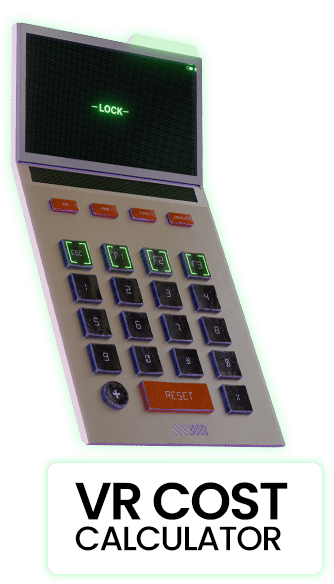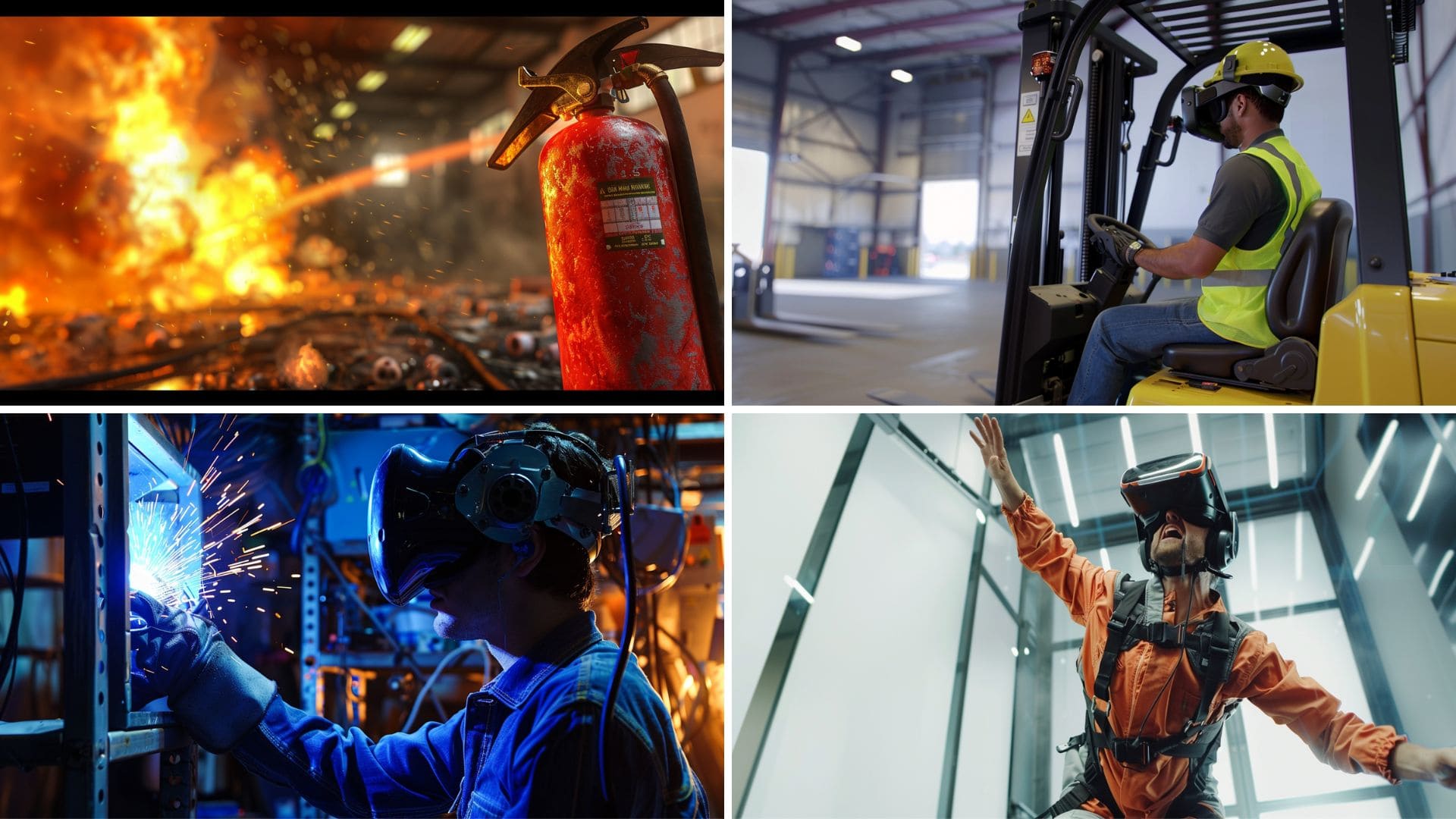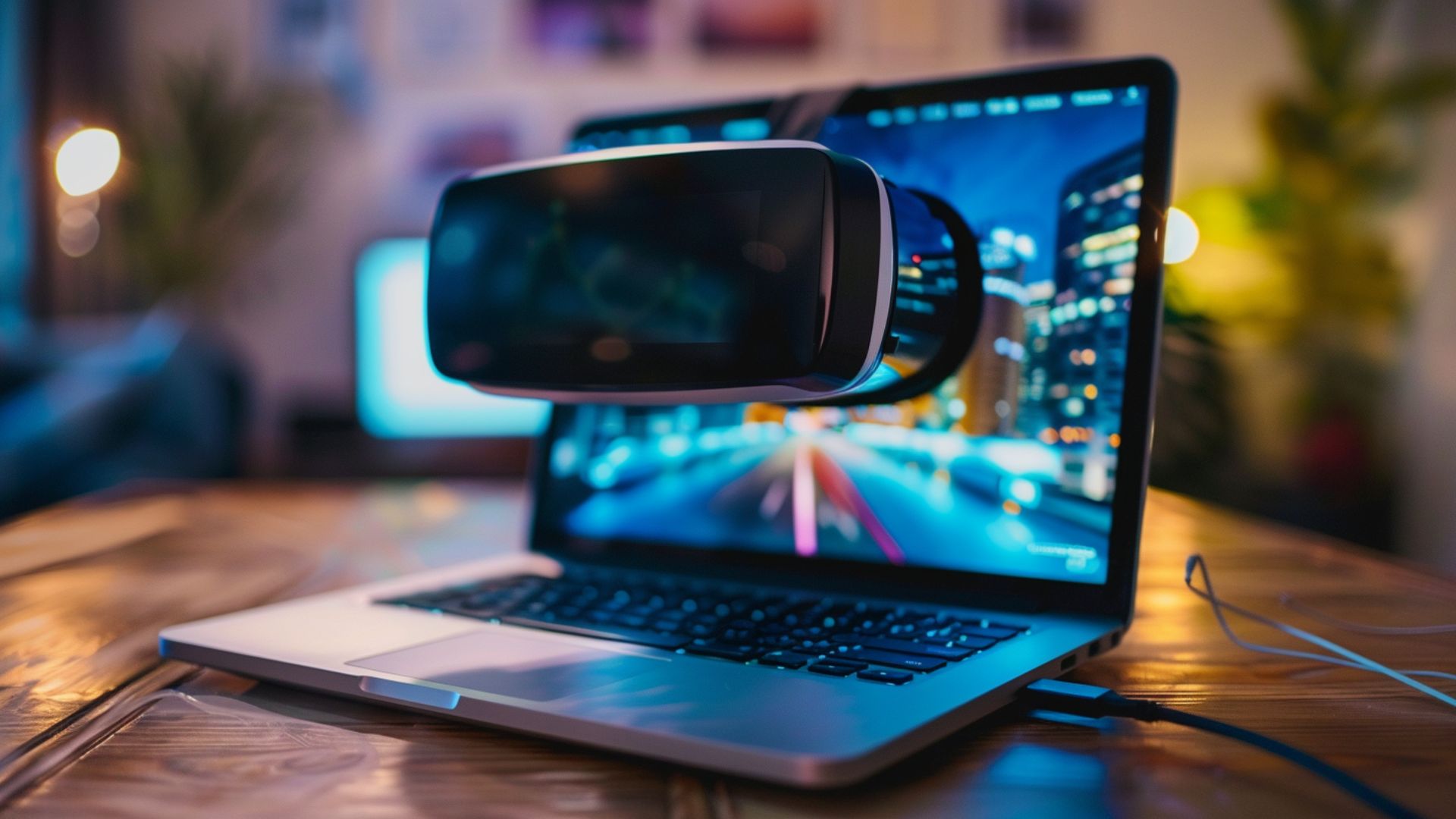AR VR Development Company
Which brings your ideas to reality with our end to end custom solutions. Our team of experienced developers specializes in creating immersive, interactive VR experiences that engage and captivate users.
From construction to education and training, we can help you build a VR app to meet your specific needs and goals.










Virtual Reality Solutions
Twin Reality, a leading AR,VR,MR company in India, offers cost-effective and high qulaity solutions using Virtual Reality (VR) technology. With the help of head-mounted VR devices and virtual hand controllers, industrial classrooms can simulate plant equipment to train employees effectively. Twin Reality’s VR solutions are tailored to meet the unique challenges faced by various industries, making it an effective tool for businesses to train their employees and improve their operations.
Virtual Reality Simulation is changing the way companies train their teams.
It’s like stepping into a video game that teaches you how to do your job. Before new employees start working with real equipment or in real situations, they get to practice in a virtual world that feels just like the real thing.
Our company makes these VR training programs just for your business. We include easy-to-use controls, ways to see how well everyone is doing, and special features that make the training fit each person’s needs. This new way of learning helps employees get better at their jobs faster and with more confidence.
VR Application
Twin Reality isn’t limited to just using VR headsets for industrial training; we broaden our horizon by incorporating PC and Web browser-based simulations through WEBGL technology.
This approach not only simplifies the training process but also ensures it can be easily accessed and distributed among a large audience. Understanding the unique needs of each client, we specialize in developing customized training solutions.
By combining our expertise with flexible technology, we provide effective and accessible training options, catering to diverse learning environments and requirements.
VR Architecture
VR technology is transforming the real estate sector, becoming a vital tool for builders and architects in showcasing their projects.
Our VR company steps up by offering tailor-made features, allowing users to change wall colors and apply different textures to furniture pieces such as sofas and beds.
These immersive experiences are accessible through headsets like the Meta Quest 2 and 3, providing a vivid and interactive way for clients to visualize their future spaces.
What is VR or Virtual Reality?
Virtual Reality (VR) refers to a computer-generated simulation or immersive experience that enables users to interact with a three-dimensional environment. It typically involves the use of specialized electronic devices, such as headsets and handheld controllers, to create a sense of presence and interactivity.
The virtual environment can be designed to simulate a variety of experiences, such as a game, a training simulation, or a virtual tour. The user can move around and interact with the environment as if it were real, and the system will respond accordingly.
What problems are solved by virtual reality companies?
Virtual Reality company can solve problems by providing immersive and interactive experiences for education, healthcare, training, architecture and design, entertainment, accessibility, and collaboration, among other fields. It has the potential to create new and innovative ways of experiencing and interacting with the world, enabling people to do things they may not have been able to do otherwise.
What is the future of Virtual Reality (VR)?
The future of Virtual Reality (VR) is very promising, with the technology continuing to advance rapidly and expanding into new areas. Here are a few potential developments we can expect to see in the coming years:
- Increased adoption
- Improved hardware
- Expansion into new markets:
- Integration with other technologies
Overall, the future of VR is bright, with the potential to revolutionize many industries and transform the way we interact with technology.
VR APP DEVELOPMENT FOR INDUSTRIES
Virtual Reality Company Solutions for different industries

Medical

Education

Safety

Oil & Gas

Automotive

Defense

Mining

Aviation
Advantages of VR & AR in Business
- enhancing consumer and business transparency through a striking visual experience.
- Real-time data sharing with the proper user at the proper time.
- VR-based interactive training and virtual showrooms.
- Making an impression on the consumer's mind while using 3-D marketing that is noticeable
DEVICE PLATFORMS WE SUPPORT
Virtual Reality App Development of different industries
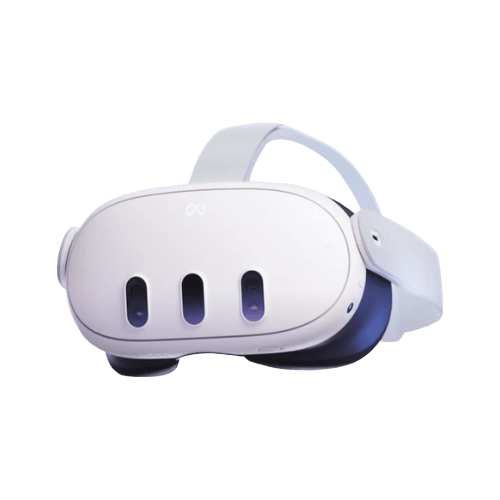

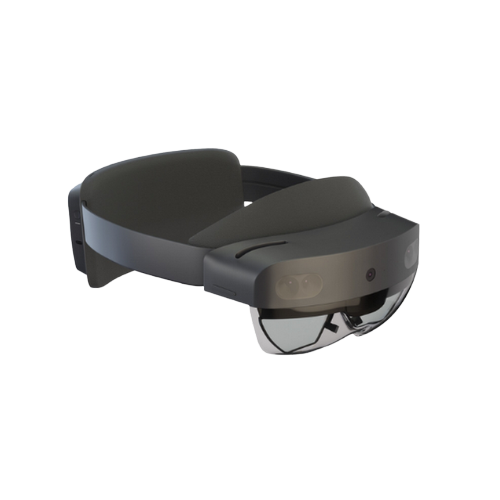
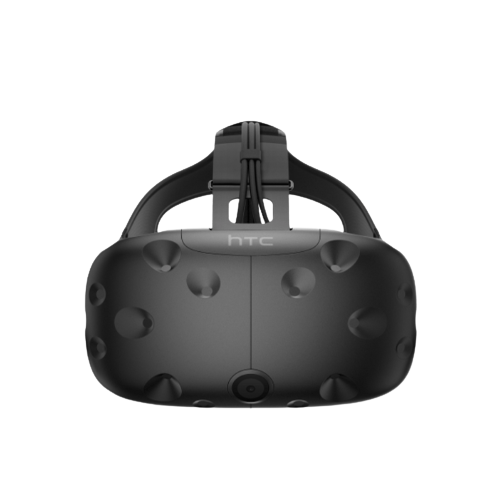
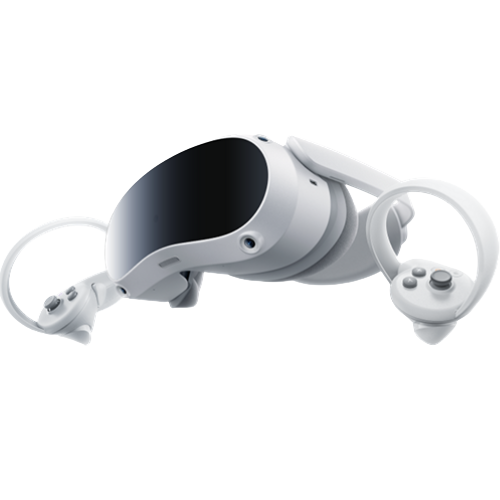
"Let's create a Immersive An Experience Together"
TOOLS & PLATFORMS USED IN VR DEVELOPMENT
Virtual Reality App Development Tools To Create Different Solutions

React

Vuforia
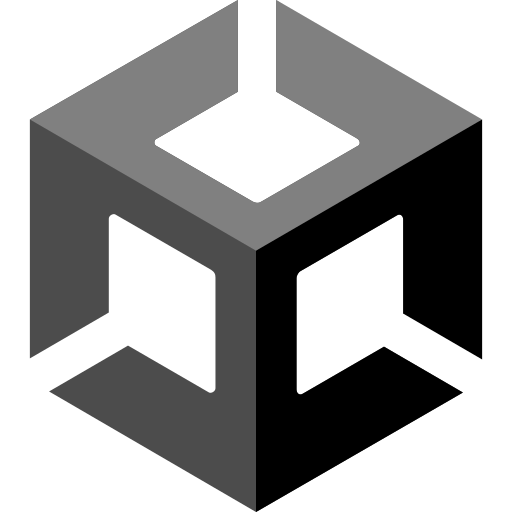
Unity

Unreal Engine

Blender
3ds Max
Request A Demo
Send us a message and we’ll get back to you within 5 hours
Frequently Asked Questions
I Know You Have Lots Of Questions Regarding Virtual Reality App Development. Let’s Look At The Answers
?
Virtual Reality (VR) is an immersive technology that allows users to experience a simulated environment through a headset or other similar devices. VR has found its application across many industries and is proving to be a game-changer. The following are some of the industries where VR is most useful:
Gaming: VR has revolutionized the gaming industry, providing a completely immersive experience for gamers.
Healthcare: VR is being used in healthcare to simulate surgeries and train medical professionals. It is also being used in therapy to help patients overcome phobias and anxiety.
Education: VR is being used in education to create immersive learning experiences that allow students to explore and understand complex concepts.
Architecture and Design: VR is being used in architecture and design to provide clients with a virtual tour of buildings and spaces before they are constructed.
Tourism: VR is being used in the tourism industry to provide virtual tours of destinations and attractions, allowing users to experience them before making a trip.
Real Estate: VR is being used in the real estate industry to provide virtual property tours, allowing potential buyers to view properties without being physically present.
Manufacturing: VR is being used in manufacturing to simulate production processes and test product prototypes.
Military and Defense: VR is being used in the military and defense industry to train soldiers in simulated combat scenarios.
Overall, VR has the potential to be useful in any industry that requires immersive and interactive experiences, making it a versatile and valuable technology.
Virtual Reality (VR) is a technology that has the potential to transform many industries, including finance. Here are some of the ways in which VR is being used in finance:
Trading: VR is being used to create virtual trading floors, allowing traders to work together in a shared virtual space. This can improve collaboration and communication between traders, potentially leading to better investment decisions.
Training: VR is being used to train financial professionals, allowing them to simulate different scenarios and practice decision-making skills in a safe and controlled environment.
Wealth management: VR is being used to provide virtual wealth management experiences, allowing clients to visualize their investments and explore different investment strategies.
Risk management: VR is being used to simulate different risk scenarios, allowing financial professionals to test the impact of different risk management strategies.
Data visualization: VR is being used to create immersive data visualizations, allowing financial professionals to explore large datasets in a more intuitive and engaging way.
Banking: VR is being used to provide virtual banking experiences, allowing customers to access their accounts and conduct transactions in a virtual environment.
Enhancing customer engagement: VR can provide an immersive and interactive experience that can engage customers and create a lasting impression of a business. It can also help businesses to stand out from their competitors and attract new customers.
Providing virtual tours: VR can provide virtual tours of a business, allowing customers to explore a physical location or product in a virtual environment. This can be especially useful for businesses that operate in remote or inaccessible locations.
Training and education: VR can be used to train employees, customers, and partners on the products and services of a business. It can also be used to educate customers on the benefits and features of a product or service.
Showcasing products and services: VR can be used to showcase products and services in an interactive and engaging way. This can help customers to understand the features and benefits of a product or service, potentially leading to increased sales.
Branding and marketing: VR can be used to create branded VR experiences that promote a business and its products or services. This can help to increase brand awareness and reach a wider audience.
Virtual Reality (VR) technology has several features that make it unique and valuable for a wide range of applications. Here are some of the best features of VR:
Immersion: VR provides an immersive experience, allowing users to feel like they are present in a virtual environment. This can create a sense of presence and engagement that is difficult to achieve with other technologies.
Interactivity: VR allows users to interact with virtual objects and environments, creating a more engaging and interactive experience. This can be especially useful for applications such as training, education, and gaming.
Visualization: VR allows users to visualize complex data and information in a more intuitive and engaging way. This can be useful for applications such as data visualization, design, and architecture.
Accessibility: VR technology is becoming more accessible and affordable, allowing more people to experience its benefits. This can lead to wider adoption and new applications for the technology.
Personalization: VR can be customized and personalized for individual users, allowing them to tailor their experience to their specific needs and preferences. This can create a more engaging and effective experience.
Safety: VR can provide a safe and controlled environment for users to practice and experience different scenarios. This can be especially useful for applications such as training, therapy, and education.
There are several types of virtual reality company(VR) solutions available, each with its own strengths and limitations. The best type of VR solution for your company will depend on your specific needs and goals. Here are some of the most common types of VR solutions:
Mobile VR: This type of VR solution uses a mobile phone and a VR headset to provide a portable and affordable VR experience. It is best suited for simple applications such as entertainment, education, and training.
PC-based VR: This type of VR solution uses a high-end PC and a VR headset to provide a more immersive and interactive experience. It is best suited for applications such as gaming, design, and engineering.
Standalone VR: This type of VR solution uses a self-contained VR headset that does not require a PC or mobile phone. It is best suited for applications such as training, education, and entertainment.
Room-scale VR: This type of VR solution uses sensors and cameras to track the user’s movement and provide a more immersive and interactive experience. It is best suited for applications such as gaming, design, and engineering.
WebVR: This type of VR solution allows users to access VR content through a web browser, without the need for a separate application or plugin. It is best suited for applications such as education, training, and marketing.
To determine which type of VR solution is best for your company, you should consider factors such as your budget, the specific application or use case, the level of immersion and interactivity required, and the technical requirements and limitations of your company’s infrastructure. It may be helpful to consult with a VR expert or provider to evaluate your options and identify the best solution for your company.
The cost of developing a virtual reality (VR) solution can vary widely depending on several factors such as the complexity of the application, the level of interactivity and immersion required, the platform and technology used, and the expertise and resources of the development team. Here are some of the main factors that can affect the cost of developing a VR solution:
Platform and Technology: The cost of developing a VR solution can vary depending on the platform and technology used, such as PC-based VR, mobile VR, or standalone VR. Each platform and technology has different hardware and software requirements, which can affect the development cost.
Content Development: The cost of creating content for a VR solution can be a significant part of the overall cost. This includes 3D modeling, animation, sound design, and other content creation tasks.
User Interface and Experience: Developing an intuitive and engaging user interface and experience is crucial for a successful VR solution. This can involve a significant amount of design and development work, which can increase the cost.
Testing and Optimization: Testing and optimizing a VR solution to ensure it runs smoothly and provides a good user experience can also add to the overall cost. This includes testing on different hardware configurations, optimizing performance, and fixing bugs and issues.
Developing and using virtual reality (VR) solutions requires specialized hardware and software to create and run immersive VR experiences. Here are the main hardware and software components needed for VR development and use:
VR Headset: The VR headset is the main hardware component of a VR system, providing the user with a visual and auditory experience. There are several types of VR headsets available, ranging from mobile VR headsets to high-end PC-based VR headsets.
VR Controllers: VR controllers are used to interact with virtual objects and environments in a VR experience. They can vary in complexity and design depending on the VR platform and application.
Computer: A computer is required to run PC-based VR experiences. The computer should have a powerful graphics card, processor, and memory to ensure smooth and immersive VR performance.
Development Software: Developing VR applications requires specialized software such as game engines, 3D modeling software, and programming tools. Popular VR development software includes Unity, Unreal Engine, and Blender.
Testing Equipment: To ensure a smooth and immersive VR experience, testing equipment such as motion capture systems, haptic devices, and eye-tracking devices may be necessary.
Content Creation Tools: Creating content for a VR experience requires specialized tools such as 3D modeling software, animation software, and sound design software.
Overall, developing and using VR solutions requires specialized hardware and software to create and run immersive and interactive experiences. The specific hardware and software needed will depend on the VR platform, application, and development requirements. It is important to work with a reputable VR development team or provider to ensure that you have the necessary hardware and software to meet your VR development and use needs.
Measuring the success of a virtual reality (VR) solution can be challenging, as it depends on the specific goals and objectives of the application. Here are some metrics that can be used to measure the success of a VR solution:
User Engagement: User engagement is a key metric for measuring the success of a VR solution. This includes metrics such as the amount of time users spend in the application, the number of interactions they have with virtual objects, and the level of immersion they experience.
User Feedback: Collecting user feedback through surveys, user testing, and focus groups can provide valuable insights into the success of a VR solution. This includes feedback on the overall user experience, usability, and satisfaction with the application.
Business Objectives: If the VR solution is designed to achieve specific business objectives, such as increased sales or improved employee training, then these metrics can be used to measure the success of the application. This includes tracking sales revenue or measuring improvements in job performance.
Technical Performance: The technical performance of the VR solution, such as load times and frame rates, can also be used to measure the success of the application. If the application runs smoothly and without technical issues, it can be considered a successful VR solution.
Return on Investment (ROI): Measuring the ROI of a VR solution can be a useful way to evaluate its success. This includes calculating the costs of development and deployment against the benefits of the application, such as increased sales or improved training efficiency.
Overall, the success of a VR solution depends on the specific goals and objectives of the application. By defining clear metrics and goals before developing a VR solution, it is possible to measure its success and identify areas for improvement.
Training employees to use virtual reality (VR) solutions effectively is important for maximizing the benefits of the technology. Here are some steps to consider when training employees to use VR solutions:
Provide a basic introduction to VR: Start by providing employees with a basic introduction to VR, including the technology and its potential uses. Explain how VR works, the benefits of using VR, and how it can be used in the workplace.
Hands-on training: Provide hands-on training for employees to ensure they are comfortable using VR. This can include training sessions where employees use VR headsets and controllers to complete simple tasks, such as navigation or object manipulation.
Create a safe and controlled learning environment: It is important to create a safe and controlled learning environment for employees to learn and practice using VR. This includes ensuring that the VR equipment is properly calibrated and maintained, and that the space is free from hazards that could cause injury.
Provide clear instructions and guidance: Provide clear instructions and guidance on how to use the VR application effectively. This can include instructions on how to navigate the application, how to interact with virtual objects, and any specific tasks or activities employees need to complete.
Encourage feedback and questions: Encourage employees to provide feedback and ask questions about the VR application. This can help identify any issues or areas for improvement, and ensure that employees are comfortable and confident using the technology.
Provide ongoing support: Provide ongoing support to employees as they use VR in their work. This can include access to training resources, technical support, and regular check-ins to ensure that employees are using VR effectively.
Overall, training employees to use VR solutions effectively requires providing hands-on training, creating a safe and controlled learning environment, providing clear instructions and guidance, and encouraging feedback and questions. By providing ongoing support, employees can become proficient in using VR technology to enhance their work performance.
The process for developing a virtual reality (VR) solution can vary depending on the specific application, but generally involves the following steps:
Define the project scope and objectives: This involves identifying the goals and requirements of the VR solution, as well as any constraints or limitations.
Design the user experience and interface: This involves creating a wireframe or prototype of the VR application, including the user interface, interaction design, and user flow.
Develop the application: This involves building the VR application using software tools and programming languages such as Unity or Unreal Engine.
Test the application: This involves testing the application to ensure that it works as intended, is user-friendly, and meets the project requirements.
Refine the application: Based on the testing results, the application may need to be refined or revised to address any issues or user feedback.
Deploy the application: Once the application is complete and tested, it can be deployed to the appropriate VR platform or device.
The time it takes to develop a VR solution can vary depending on the complexity of the application, the size of the development team, and other factors. Generally, it can take anywhere from several weeks to several months or even longer to develop a VR solution, depending on the scope and requirements of the project. It is important to plan for a realistic timeline, and to allocate sufficient time and resources for each stage of the development process.
The market size of virtual reality (VR) has been growing rapidly in recent years, with projections for continued growth in the coming years. According to a report by MarketsandMarkets, the global virtual reality market size was valued at USD 7.9 billion in 2020, and is expected to reach USD 57.6 billion by 2026, at a CAGR of 33.47% during the forecast period from 2021 to 2026.
The report identifies gaming and entertainment as the largest segment in the VR market, due to the high adoption of VR technology in the gaming and media industries. However, other industries such as healthcare, education, and manufacturing are also expected to contribute to the growth of the VR market in the coming years.
